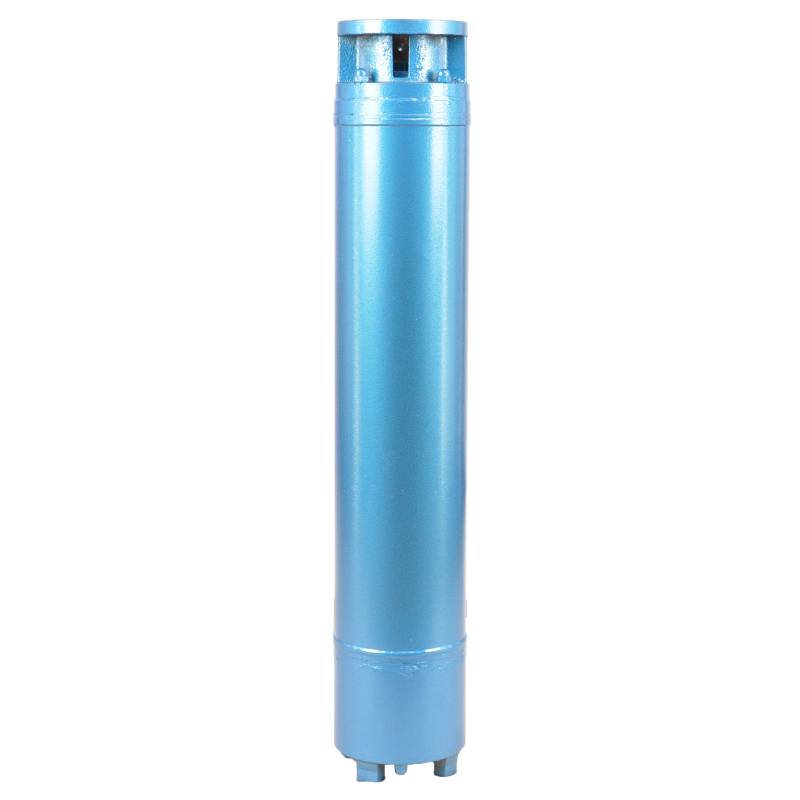Dec . 16, 2024 17:11 Back to list
how to test a submersible well pump
How to Test a Submersible Well Pump
Submersible well pumps are a crucial component in residential and agricultural water systems. Over time, these pumps can experience performance issues, which may lead to decreased water flow or complete failure. Testing a submersible well pump is essential for maintaining efficiency and ensuring a reliable water supply. In this article, we will outline the steps to effectively test a submersible well pump and identify any underlying issues.
Step 1 Safety First
Before starting any testing procedures, ensure that all safety precautions are taken. Power down the electrical supply to the pump to prevent any risk of electrical shock. Proper personal protective equipment, such as gloves and goggles, should be worn to protect yourself during the process.
Step 2 Gather Necessary Tools
To test a submersible well pump, you’ll need a few tools. Primarily, you’ll need a multimeter to measure electrical parameters and a hose or bucket to collect and measure water output. Additionally, a measurement tool for depth, such as a tape measure or weighted line, can help determine whether the pump is submerged properly.
Step 3 Inspect the System
Begin your testing by visually inspecting the pump and the components associated with it. Check for any visible damage, wear, or corrosion on the pump, electrical connections, and discharge pipe. Ensure that the well casing is intact and free of debris or blockages that could impede water flow.
Step 4 Measure the Pump's Depth
Using your measuring tool, check the depth of the water in the well. This measurement will help you understand if the pump is operating within the necessary parameters. Submersible pumps should be placed at an optimal depth, typically between 10 to 20 feet below the water level, depending on the specific model and installation specifications.
Step 5 Electrical Testing
how to test a submersible well pump

Reattach the power supply and use a multimeter to test the electrical supply to the pump. Measure the voltage and make sure it meets the pump’s specifications, which are usually available in the manufacturer’s manual. If the voltage is too low, it may indicate an electrical issue or insufficient power supply.
Next, test the amperage. The current drawn by the pump should also match the specifications provided by the manufacturer. A higher than normal amperage reading could suggest that the pump is under strain, possibly due to blockages or mechanical failures.
Step 6 Flow Rate Testing
To evaluate the pump’s performance, you can perform a flow rate test. Disconnect the discharge pipe from the pump and direct it into a bucket or hose. Turn on the pump and time how long it takes to fill the container. Calculate the flow rate by dividing the volume of water collected by the time it took to fill the container.
The average residential submersible well pump should deliver between 5 to 25 gallons per minute (GPM), depending on the pump size and well depth. If the flow rate falls below expectations, it could indicate wear in the pump’s impellers, blockages, or other performance issues.
Step 7 Check for Noise and Vibration
Listen for any unusual sounds when the pump is operating. Grinding or rattling noises can be indicative of mechanical problems. Additionally, observe any excessive vibrations, as these can correlate with misalignment or wear in the pump bearings.
Step 8 Conclusion and Follow-Up
If all tests indicate that the submersible well pump is functioning correctly, you can conclude that the pump is operating efficiently. However, if any issues were detected during the testing process, it’s vital to address them promptly. Consult a professional technician if repairs or replacements are necessary to ensure the longevity and efficiency of your water delivery system.
By following these steps, you can effectively test your submersible well pump and ensure that your water supply remains reliable and efficient. Regular maintenance and thorough testing will not only extend the life of your pump but also ensure better performance for years to come.
-
Submersible Water Pump: The Efficient 'Power Pioneer' of the Underwater World
NewsJul.01,2025
-
Submersible Pond Pump: The Hidden Guardian of Water Landscape Ecology
NewsJul.01,2025
-
Stainless Well Pump: A Reliable and Durable Pumping Main Force
NewsJul.01,2025
-
Stainless Steel Submersible Pump: An Efficient and Versatile Tool for Underwater Operations
NewsJul.01,2025
-
Deep Well Submersible Pump: An Efficient 'Sucker' of Groundwater Sources
NewsJul.01,2025
-
Deep Water Well Pump: An Efficient 'Sucker' of Groundwater Sources
NewsJul.01,2025
-
 Submersible Water Pump: The Efficient 'Power Pioneer' of the Underwater WorldIn the field of hydraulic equipment, the Submersible Water Pump has become the core equipment for underwater operations and water resource transportation due to its unique design and excellent performance.Detail
Submersible Water Pump: The Efficient 'Power Pioneer' of the Underwater WorldIn the field of hydraulic equipment, the Submersible Water Pump has become the core equipment for underwater operations and water resource transportation due to its unique design and excellent performance.Detail -
 Submersible Pond Pump: The Hidden Guardian of Water Landscape EcologyIn courtyard landscapes, ecological ponds, and even small-scale water conservancy projects, there is a silent yet indispensable equipment - the Submersible Pond Pump.Detail
Submersible Pond Pump: The Hidden Guardian of Water Landscape EcologyIn courtyard landscapes, ecological ponds, and even small-scale water conservancy projects, there is a silent yet indispensable equipment - the Submersible Pond Pump.Detail -
 Stainless Well Pump: A Reliable and Durable Pumping Main ForceIn the field of water resource transportation, Stainless Well Pump has become the core equipment for various pumping scenarios with its excellent performance and reliable quality.Detail
Stainless Well Pump: A Reliable and Durable Pumping Main ForceIn the field of water resource transportation, Stainless Well Pump has become the core equipment for various pumping scenarios with its excellent performance and reliable quality.Detail
